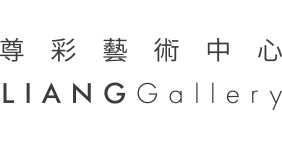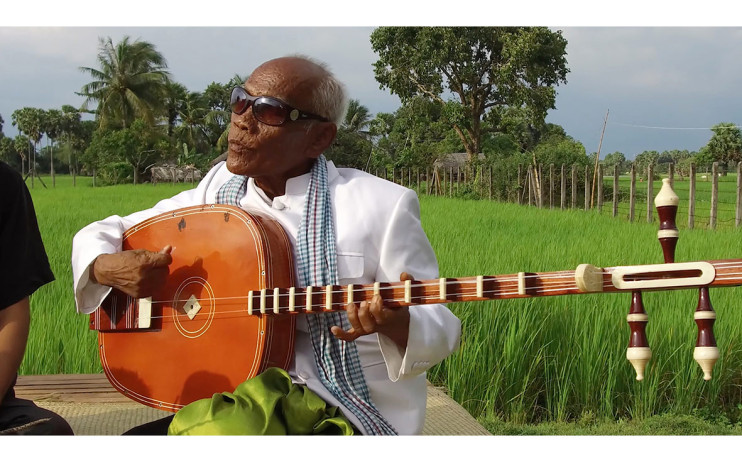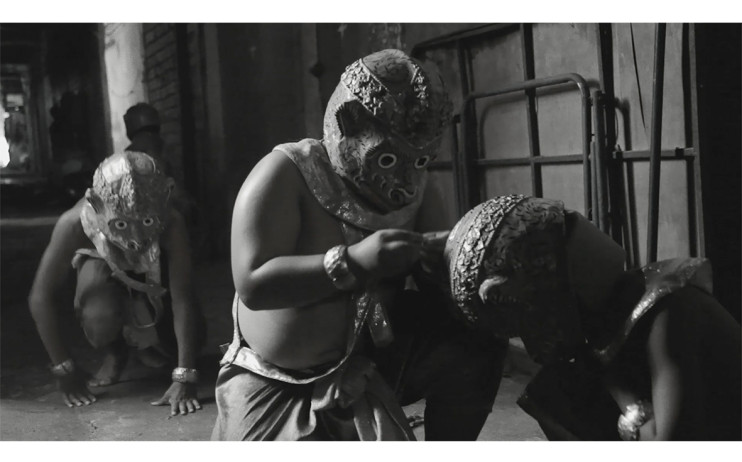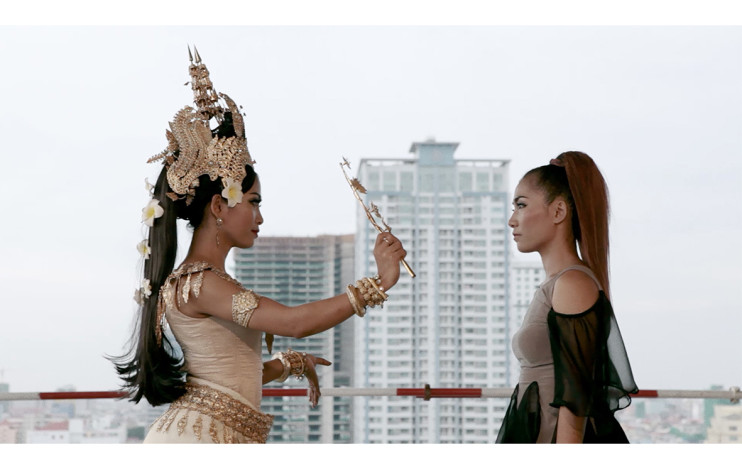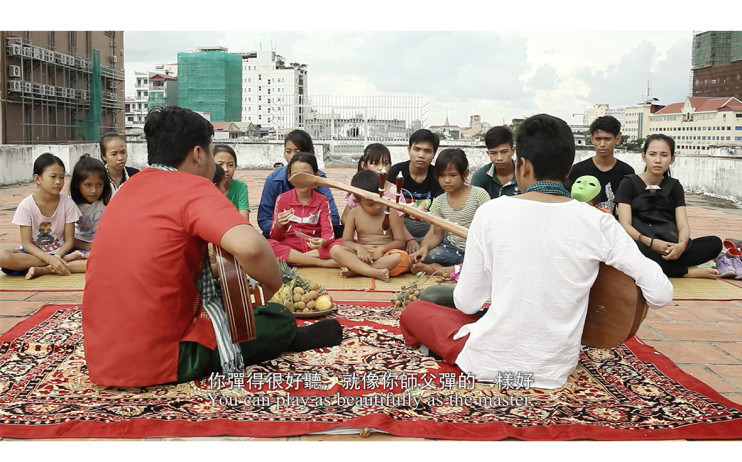LOOP Fair 2017
- 四月 12, 2017
- Art Fairs, International Art Fairs
- VIP Preview:
2017.05.25 Thur. (12:00-21:00)
2017.05.26 Fri. (11:00-14:00) - Vernissage:
2017.05.25 Thur. (19:30-21:00) - Public View:
2017.05.26 Thu. (14:00-20:00) - Artists:
Hsu Chia-Wei - Venue:
Catalonia Ramblas Hotel (Carrer de Pelai, 28, Barcelona)
White Building Project
Liang Gallery is pleased to announce its first participation at LOOP Fair 2017 in Barcelona where it will present Hsu Chia-Wei’s White Building Project, a series of videos created in collaboration with the performance artists who used to live in the White Building in Phnom Penh, Cambodia.
Cambodia gained independence from the French in 1953. In 1963, the White Building located in the area of Bassac River was inaugurated. With lowest price, it offered 468 units of residences for municipal officers, general officers and teachers. In 1975, the soldiers of Khmer Rouge occupied Phnom Penh, the citizens moved away, the White Building was left behind. While Khmer Rouge was in power, 90 percent of artists were executed as the traditional performance art was regarded as a symbol of the old regime. After the collapse of Khmer Rouge government in 1979, the survival performance artists, were called to live in the White Building. Being through the 50-year, civil war, humidity, fire and lack of fund, this building eventually turned into a grey and worn-out residency with poor facilities for low-income residents.
White Building Project includes four video works. Kong Nay: Kong Nay is one of relatively few great Chapei Dong Veng masters to have survived the Khmer Rouge era and used to live in the White Building. The artist visited Kong Nay with photographers and sound recordists, and made this long take video. In this video Kong Nay performs an ancient story about Chapei Dong Veng. Sisters: Yon Davy and Yon Chantha are sisters born in the White building and have been living there since then. Davy specializes in contemporary dance while Chantha specializes in traditional dance Apsara. The artist invited them to perform in a new-built building in Phnom Penh. In this video, the sisters are having a body conversation via two different types of dances in the construction site. Rooftop: Nou Samnang and Mel Phanna are young Chapei Dong Veng musicians. The performance is in the form of traditional Chapei Dong Veng while two of them are having conversation that is sometimes against each other. The history and current state of the White Building is hence presented in a witty way. Sva Pul: Sva Pul is a Cambodian traditional dance. The dancers are mainly children with masks on their faces as pupils of Hanuman, the Monkey God. They were invited by the artist to perform on the ground floor of the White Building.
From the past to the present, the White Building, performance art and politics were closely interwoven. Hsu Chia-Wei made a series of videos in response to the White Building with the performance artists and residents. With different places and different performance artists, the “performance image” involving people and space was hence created in the context of the White Building.
About the artist
Hsu Chia-Wei is interested in the forgotten histories of the Cold War in Asia. His works develop a keen sensitivity that weaves together reality and illusion, history and the present by building events outside of the lens and by linking formal history with people and places. He has been continuously trying to combine contemporary art and film into his works. He is concerned with how to step into reality through filmmaking. Therefore, Hsu constructs a mythical narrative that lingers between fiction and reality. He maintains a critical attitude toward filming, and by using the power of the creation of the film he strives to bring art into locations other than museums. And as a filmmaker he also seeks to develop his own political practice.
In 2016, Hsu’s artworks have been selected for inclusion in Taipei Biennial, Insights and Film Sectors at Art Basel Hong Kong in 2015 and 2016 respectively. In 2015, he had a solo exhibition at the Van Abbemuseum in the Netherlands. In 2013, he was invited to present his works in La Biennale di Venezia for the Taiwan Pavilion. In the same year he was a finalist for the Hugo Boss Asia Art Award. His artworks had been presented in many exhibitions in museums, biennials and film festivals, such as Jeu De Paume, The 39th International Film Festival Rotterdam, 2012 Liverpool Biennial, Taipei Biennial 2012, The 8th Taiwan International Documentary Film Festival, and Rencontres Internationales Paris/Berlin/Madrid, and screened at the Centre Pompidou in Paris, Haus der Kulturen der Welt in Berlin, and Reina Sofia National Museum in Madrid.
